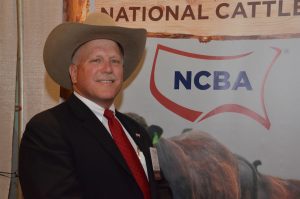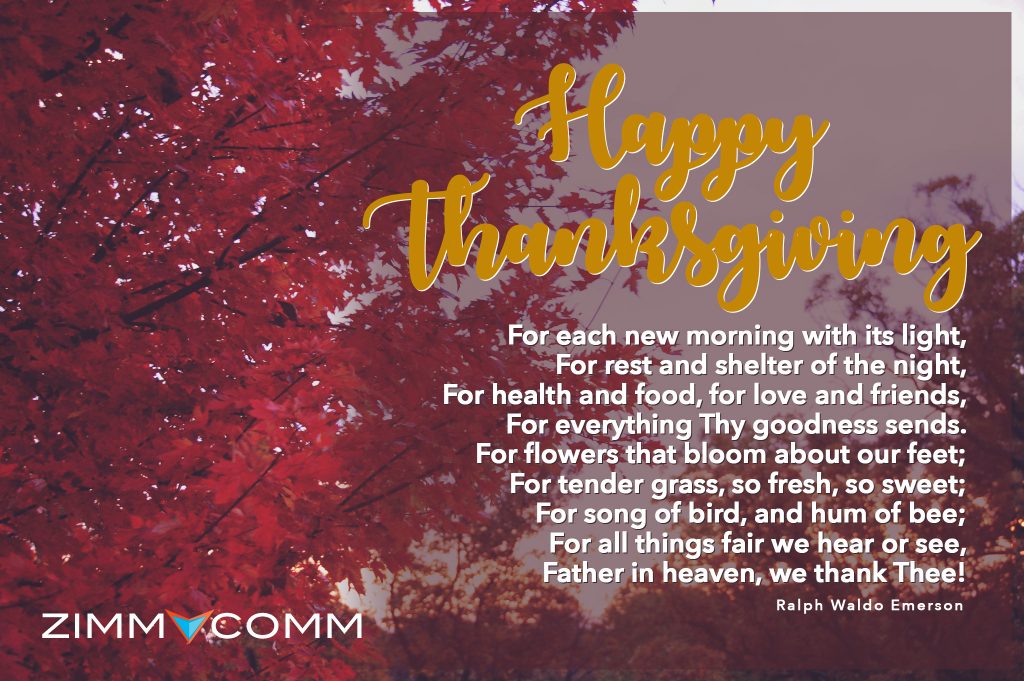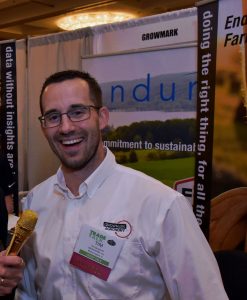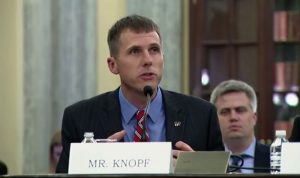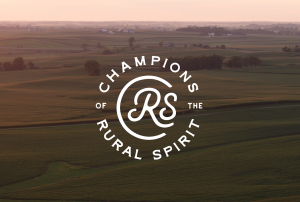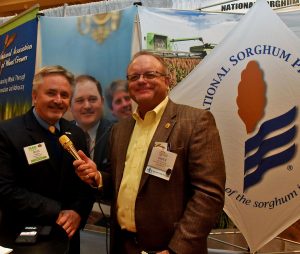 The consumer food market is the next big push for the sorghum industry. While uses for sorghum in the livestock feed and biofuels sectors will continue to be very important, sorghum growers believe grocery stores and restaurants are the next frontier for their product, according to Doug Bice, market development director with the National Sorghum Checkoff.
The consumer food market is the next big push for the sorghum industry. While uses for sorghum in the livestock feed and biofuels sectors will continue to be very important, sorghum growers believe grocery stores and restaurants are the next frontier for their product, according to Doug Bice, market development director with the National Sorghum Checkoff.
“Whether we’re doing a big expo or going in front of groups like Wal-Mart, we’re showing the diverse ways sorghum can be utilized. Whether it’s a snack, whether it’s a salad garnishment, whether it’s a soup, whether it’s popped sorghum as a snack,” said Bice. “It’s even more than just a gluten issue. It’s just bringing a healthy profile to your diet on a daily basis and figuring out how to do that. It’s so easy with sorghum.”
Bice said there are now more than 1,000 food product lines that contain sorghum, and restaurant menu selections including the grain have increased eight-fold. Consumers can find over 300 recipes at www.simplysorghum.com.
Listen to Chuck’s interview from NAFB Trade Talk: Interview with Doug Bice, National Sorghum Checkoff


